Handrail Drive Chains
A handrail drive chain is a system that allows you to quickly and easily change the direction of the railing in place. The system uses pressure roller assemblies to force the handrail 25 against the drive wheel 11. These sprockets make radial contact with the handrail, which ensures that the maximum force is transferred. They can be adjusted to increase or decrease the force they apply to the handrail.
Handrail drive chains are a system that allows you to quickly and easily change the direction of the railing in place. The system uses pressure roller assemblies to force the handrail 25 against the drive wheel 11. These sprockets make radial contact with the handrail, which ensures that the maximum force is transferred. They can be adjusted to increase or decrease the force they apply to the handrail.
Chain No. Pitch Roller diameter Width between inner plates Pin diameter Pin length Inner plate depth Plate thickness Transverse pitch Ultimate tensile strength Average tensile strength Weight per meter P d1 max b1 min d2 max L
maxLc max h2
maxt/T
maxPt Q
minQ0 q mm mm mm mm mm mm mm mm mm kN/lbf kg kg/m 16A-2 25.40 15.88 15.75 7.92 62.7 64.3 24.00 3.25 29.29 113.40/25493 141.8 5.15 16AFT-2 25.40 15.88 15.75 7.92 62.7 65.8 24.00 3.25 29.29 132.3/29742 165.4 5.51 16B-1 25.40 15.88 17.02 8.28 36.1 37.4 21.00 4.15/3.10 – 60.0/13488 72.8 2.71 16B-2 25.40 15.88 17.02 8.28 68.0 69.3 21.00 4.15/3.10 31.88 106.0/23829 133.0 5.42
Handrail Drive Chains Features
Drive chains are a vital part of escalators because they transmit motive force from the main axis of the escalator to the axis of the handrail. These chains are typically composed of two sets of chains with rollers spaced at regular intervals. Step chains also use several axels, which link the steps. The newel chain, on the other hand, has small bearings at the end of the newel to allow for smoother movement.
The improved drive system 10 is designed to be installed in a typical escalator system. To install the system, the existing handrail 25 is shortened approximately ten inches, and the frame 12 is replaced. The new frame 12 has an angle of about six degrees toward the top. The handrail drive system is thus compatible with an escalator with a six wheel roller drive system.
Types of Handrail Drive Chains
There are several types of handrail chains, including Rollers 50, Handrail drive 18, and Self-measuring units. Listed below are some of the most common types:Handrail drive 18 A handrail drive chain is a mechanical device that drives a handrail in a specified direction. The handrail is attached to a truss frame by means of a pair of parallel guide bases. One guide base is located at the lower position of the truss and the other is located at the upper position. A truss drive chain includes a motor 19 that drives a sprocket 14a through a power transmission mechanism. Another pair of sprockets are attached to the drive chains 18 via a chain guide system. Rollers 50 The self-tightening multiple nip mangle type handrail drive has two pairs of drive rollers. Each pair has a separate chain entangled in a common dual drive sprocket. An electric motor rotates these sprockets. Rollers 50 and 55 are used in tandem with this type of drive, allowing greater driving force to be transmitted without damaging the handrail. R1 and R2 The handrail drive chains that connect the Moving Handrail to the Trailing Rollers are the key to preventing a car from slipping and tumbling off the road. These chains come in R1, R2 and R3 configurations and are made to fit the respective railings. The R1 and R2 configurations are the most common, but variations in each level may exist depending on location and weather conditions.
Indentations
Indentations in handrails are not only unsightly, but they are often a source of safety concern for building managers. In many applications, such as elevators and escalators, indentations can cause severe safety concerns. As such, minimizing these indentations can significantly reduce the time it takes for the elastic handrail to return to its normal profile. As illustrated in the accompanying drawings, indentations in handrail drive chains may lead to a significant safety concern.
Polyurethane rollers reduce indentations
There are many applications for polyurethane rollers in industrial processes. These products not only provide superior noise reduction, but also provide abrasion and solvent resistance. Conveying systems are the foundation of efficient operations and must ensure the movement of parts without indentations. Idler rollers are a major component of conveyor systems, and reduce damage by reducing friction and causing fewer indentations.
Indentations caused by pinching of idled section of handrail
Pinch-grip handrails are commonly used as guardrails on stairs. Although they are much less stable than power grips. They are still an effective means of guidance on stairs, ramps, and walkways. However, pinch-grip handrails do not meet the strict ADA requirements, making them a poor stairway choice. Designe true handrails with fall prevention in mind and meet the necessary safety standards to ensure the safety of all users.
Handrail Drive Chains and Sprockets
While sprockets are usually designed to match a specific chain, there are a few differences between them. In the U.S., chains are made to a standard, called ANSI. The pitch of a chain is the measurement from one roller-pin center to the next. The chain pitch is always measured in 1/8″ increments.
The two components, chains and sprockets work hand-in-hand. A sprocket is a wheel-shaped projection that hooks onto a chain for a drive. This projection later became known as the sprocket wheel. The modern chain has been driving machinery for more than a century. Sprockets are a crucial part of a chain-driven machine. The sprockets can be used in many industries. Chainsaws also use sprockets to make their blades. Chainsaws, on the other hand, use sprockets for a more reliable way to cut materials. Compared to timing belts, sprocket chains are more durable and dependable.
We’re one of the leading mechanical transmission parts manufacturers and suppliers who can offer a wide range of drive chains and sprockets for sale. Contact us now if you are interested!
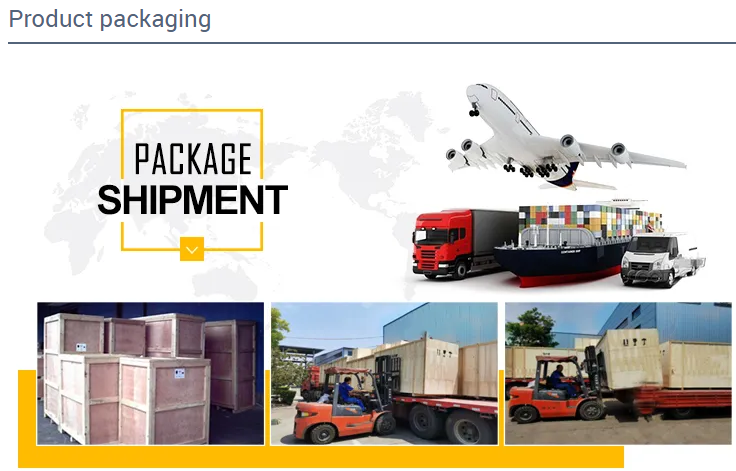
Packing Shipping Delivery
  |
 |
|
 |
 |
|
How to choose power transmissions parts and industrial products which meet our requirement
| Chains | Sprockets | Pulleys | Timing belt Pulley | V-belt Pulley |
| Sheaves | Coupings | Bush &Hub | Gear& Rack | V-Belt |
| Locking Assembly | Pulley | Gearbox | Reducer | Shaft Collar |
| Rod End Bearing | Clevis | PTO | Chain Guide | Belt Guide |
| Rubber Buffer | Chain Tensioner | PTO Drive Shafts | Universal Joints | Roller Chains |
| Conveyor Chains | V-Belts | Worm Gearbox | Helical Gear | Worm |
| Agricultural Chain | CNC Proces Parts | Casting | Stamping | |
| Powder Metallurgy | CNC Proces Parts | Casting | Stamping |
What Products Do you sell ?
We are a group of factories, give customer one stop solution of power transmission and industrial products. We are in the position to supply wide range of products, including chains, sprockets, v-belt and v-belt pulleys, timing belt and timing belt pulleys, gears, speed reducers, motors, racks, couplings, and many other parts, like locking assembly, taper bushing, Chain guide, shaft collar, torque limiter, cam clutch, universal joint, motor base and motor slide, rod end, clevis, rubber mount, etc. We make special parts according to drawings and/or samples.
How to choose a gearbox which meets our requirement?
You can refer to our catalogue to choose the gearbox or we can help to choose when you provide
the technical information of required output torque, output speed and motor parameter etc.
What information shall we give before placing a purchase order?
a) Type of the gearbox, ratio, input and output type, input flange, mounting position, and motor informationetc.
b) Housing color.
c) Purchase quantity.
d) Other special requirements.
What industries are your gearboxes being used?
Our gearboxes are widely used in the areas of textile, food processing, beverage, chemical industry,
escalator,automatic storage equipment, metallurgy, tabacco, environmental protection, logistics and etc.
What is the producing process?
Production process including raw material cutting, machine processing, grinding, accessories cleaning, assemble, cleaning, stoving, oil coating, cover pressing, testing, package.
How to control the products quality?
Combining advanced equipment and strict management, we provide high standard and quality bearings for our customers all over the world.
What is the transportation?
-If small quantity , we Suggest to send by express, such as DHL,UPS, TNT FEDEX. If large amount, by air or sea shipping.
Can we design packaging?
-Yes. Default is regular packing, and we can make customer's own packing.
Can you provide OEM service?
-Yes, we work on OEM orders. Which means size, quantity, design, packing solution, etc will depend on your requests; and your logo will be customized on our products.
Can you give me discount on Power Transmissions Parts and Industrial parts?
-Yes, of course. Pls. send me your Email, you'll get more
Q: Are You a trading company or a manufacturer?
A: We Are the factory and have our Own trading company
Q: How Can I get an offer?
A: please send US quotation information: drawings, materials, weight, quantity and requirements, we can accept PDF, ISGS, DWG, STEP file format. If you don't have the drawings, please send us the samples, we can also quote you according to your samples.
Q: What is your minimum order size?
A: it is usually 100 pieces, but a low quantity is acceptable under some special circumstances.
Q: Do you provide samples? Is it free or extra?
A: Yes, we can provide samples free of charge, but we don't pay the freight.
Q: What is the lead time for mass production?
A: honestly, it depends on the number of orders. Normally, if you don't need the tools, deposit them after 30 days or so.
Q: What if the parts don't Work?
A: we can guarantee the quality, but if it happens, please contact us immediately, take some photos, we will check the problem and solve it as soon as possible.
Q: What are your terms of payment?
A: payment is less than US $1000,100% in advance. Payment: $1000,50% wire transfer in advance, balance before shipment,Other Terms of payment are negotiable

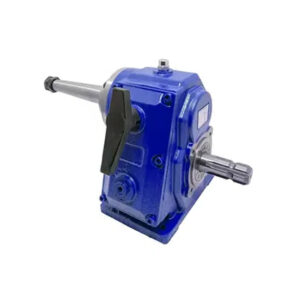
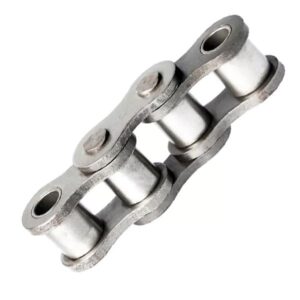
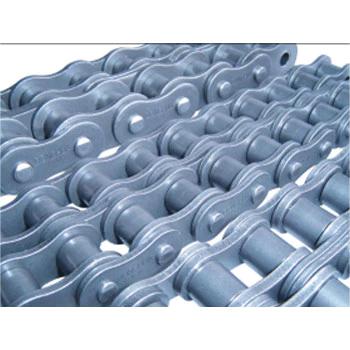
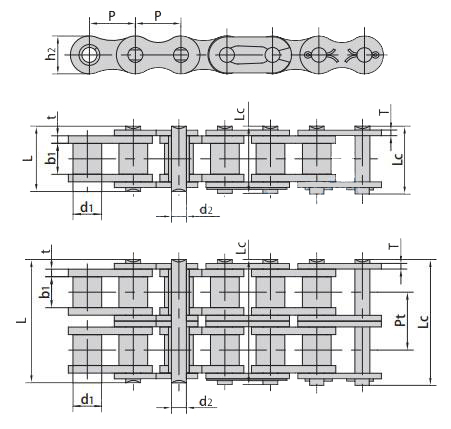
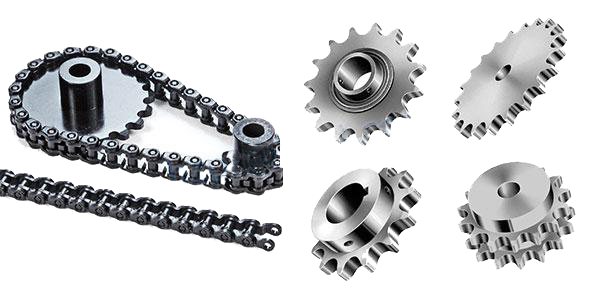
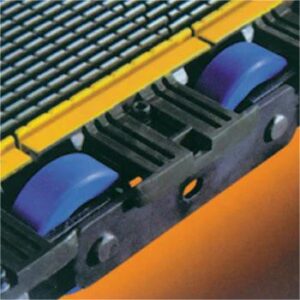
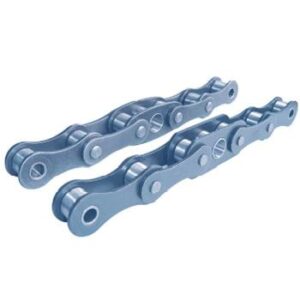
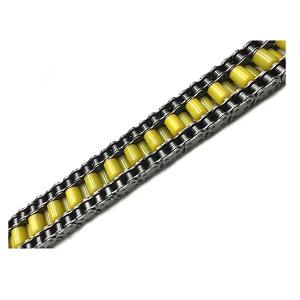
Reviews
There are no reviews yet.